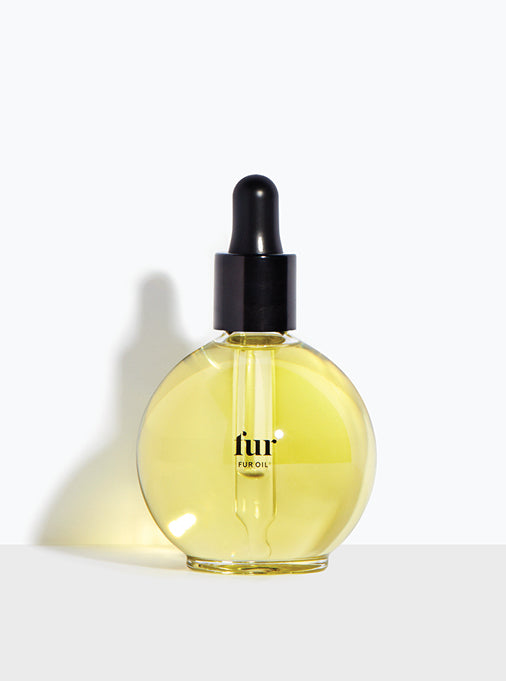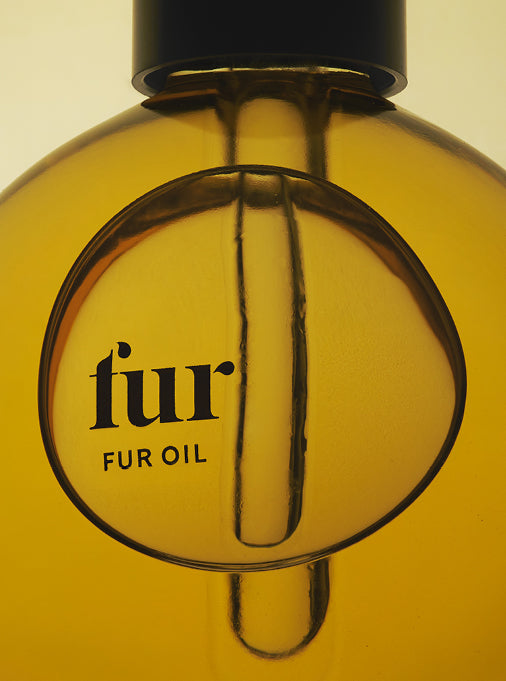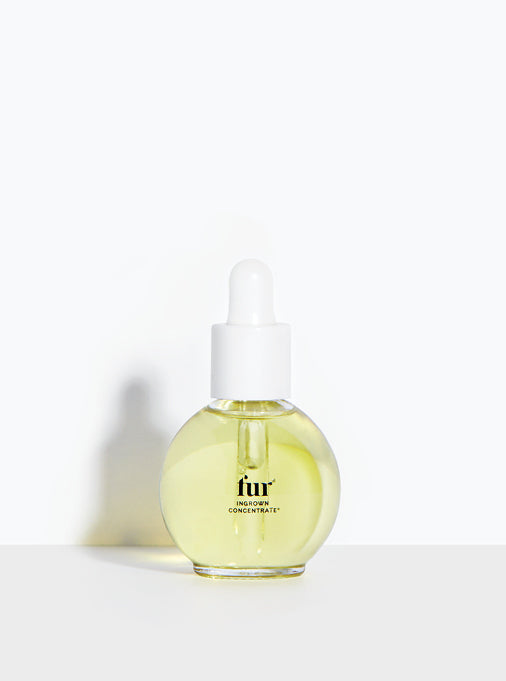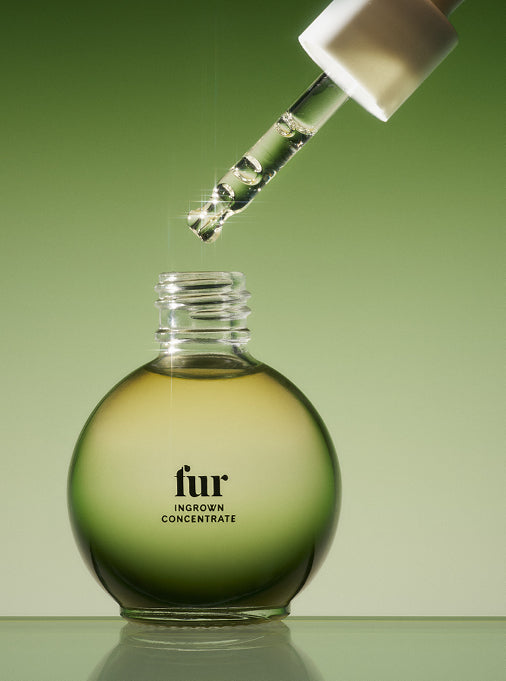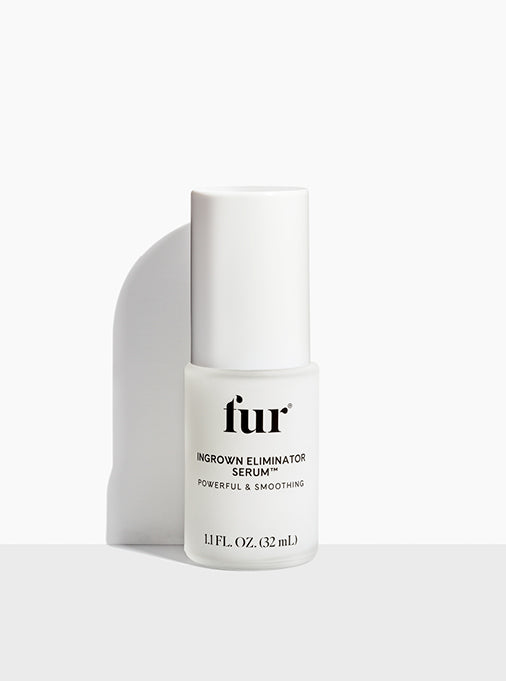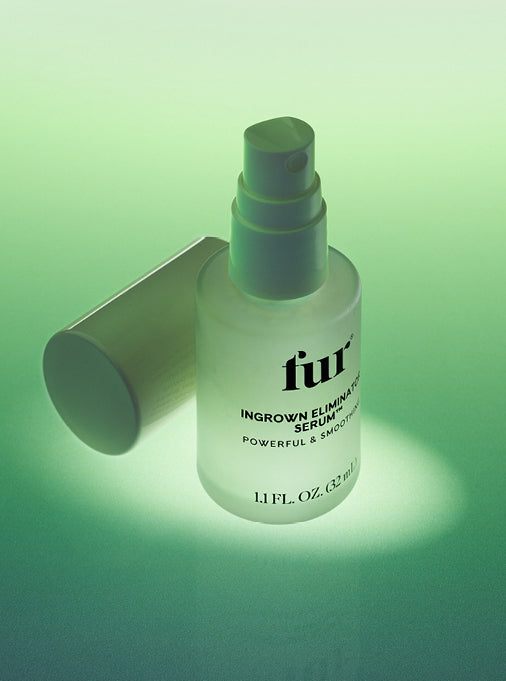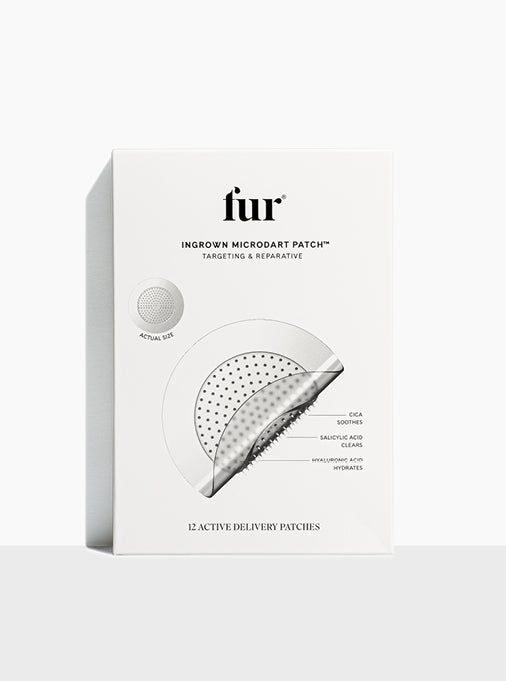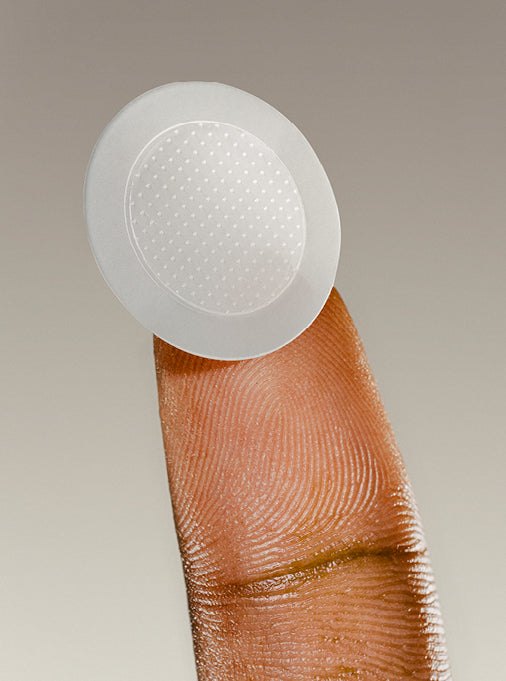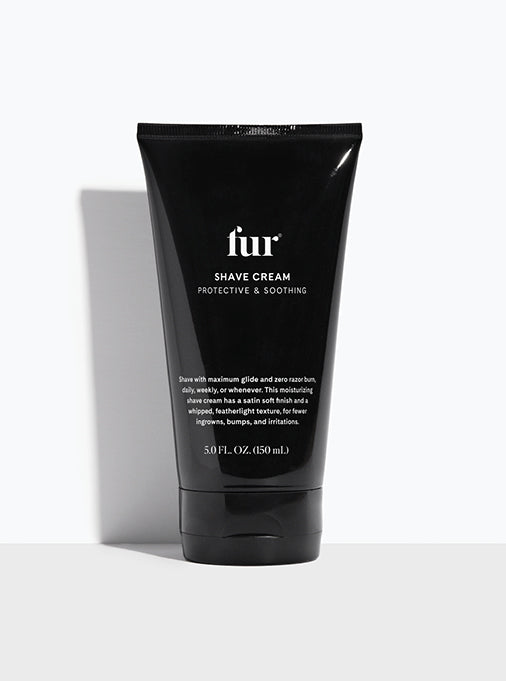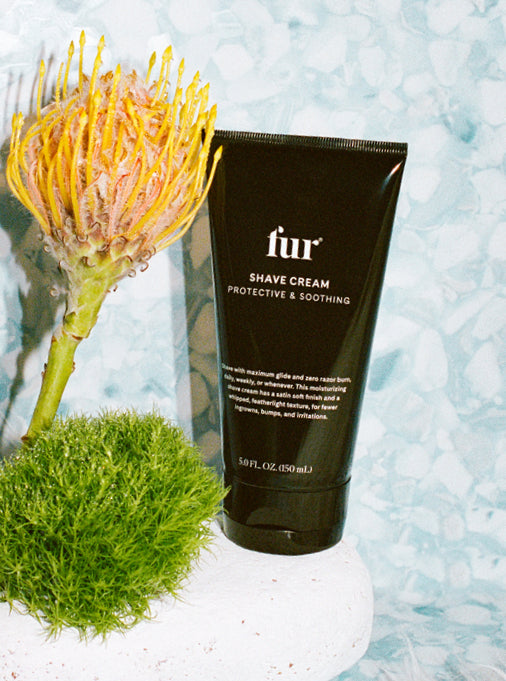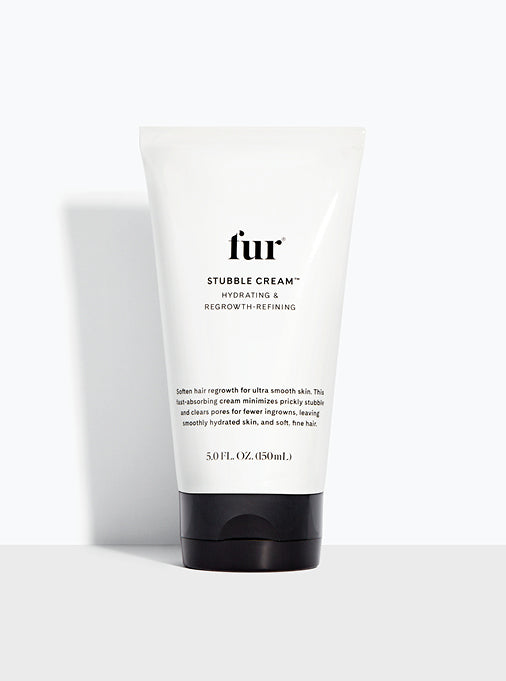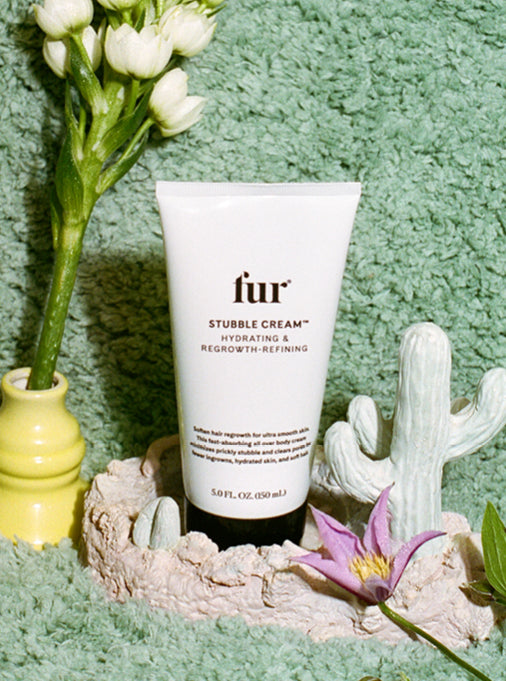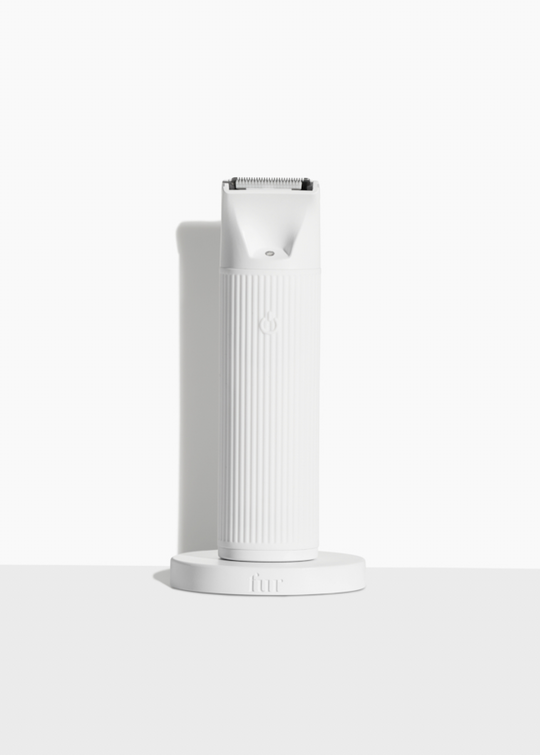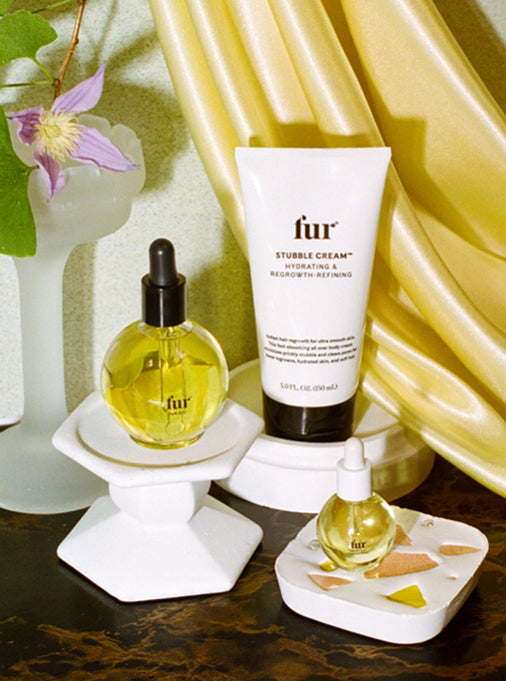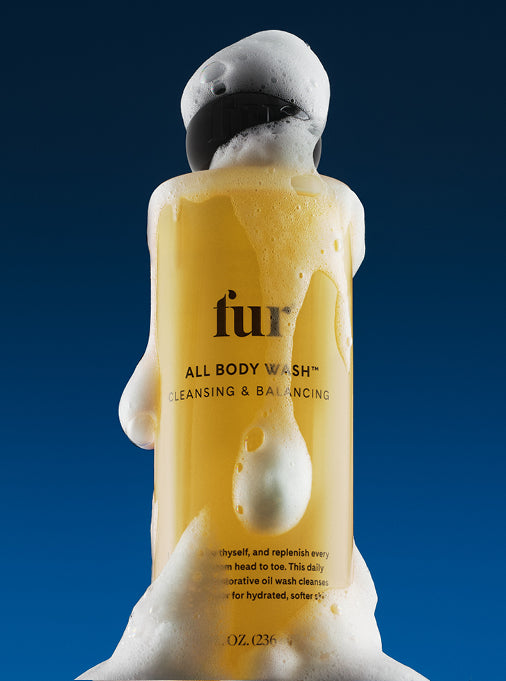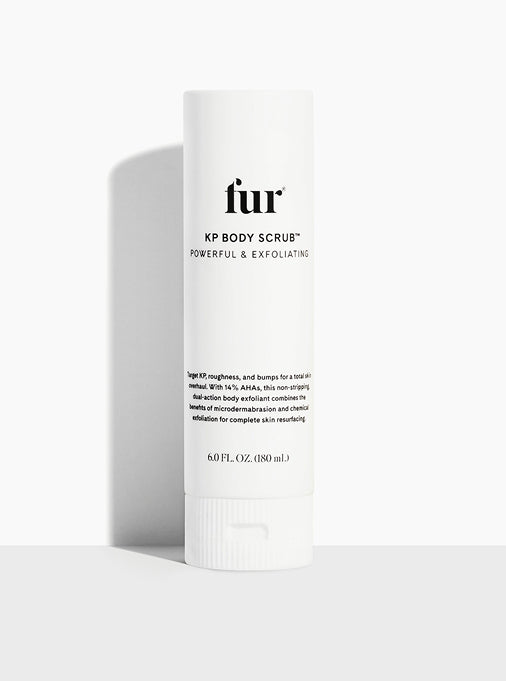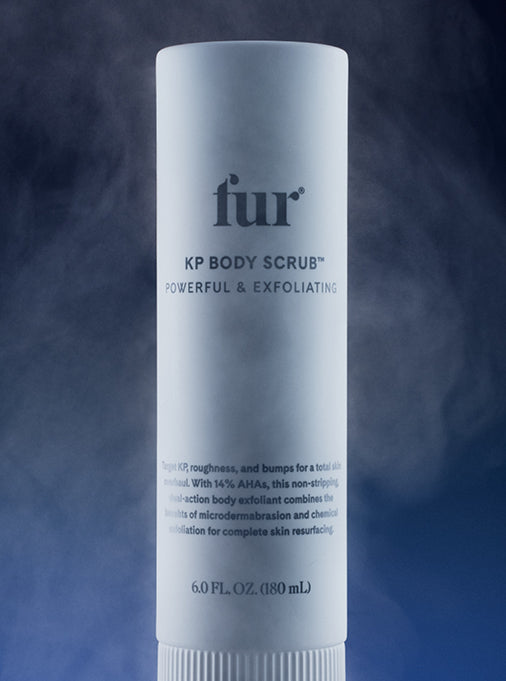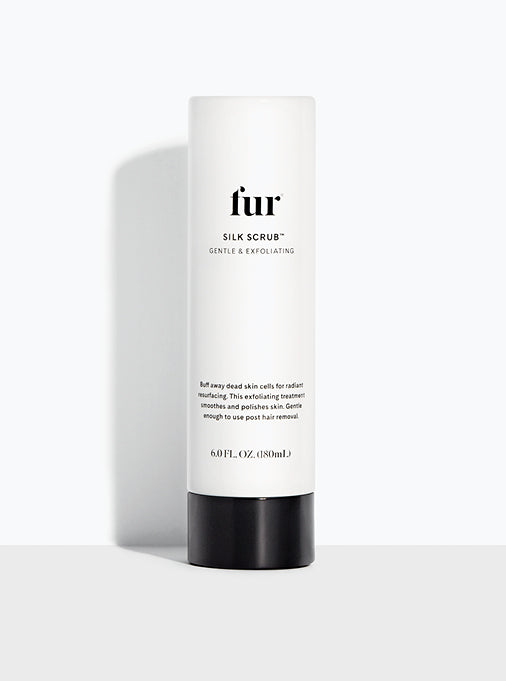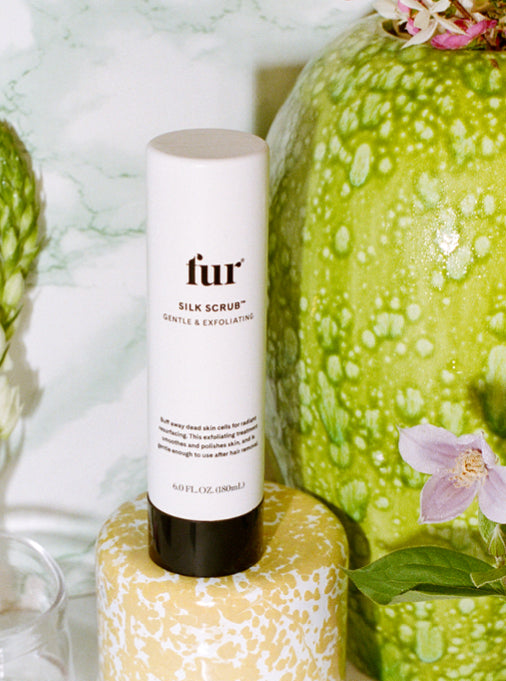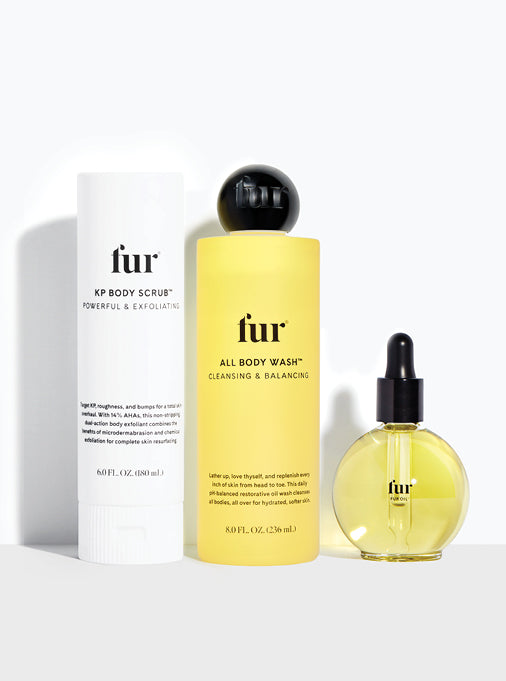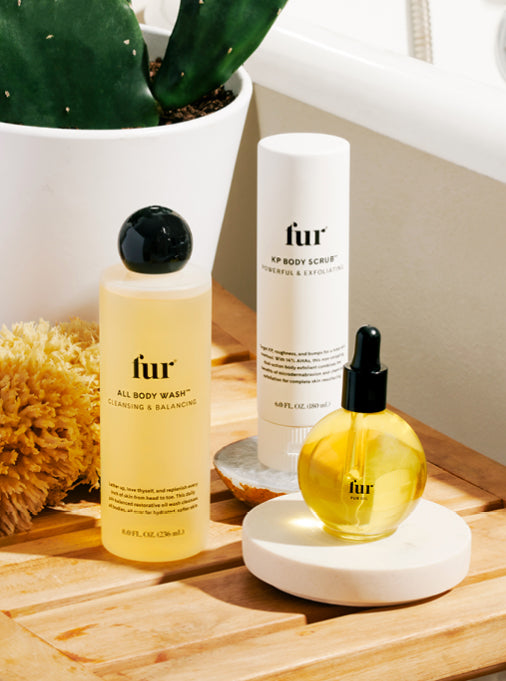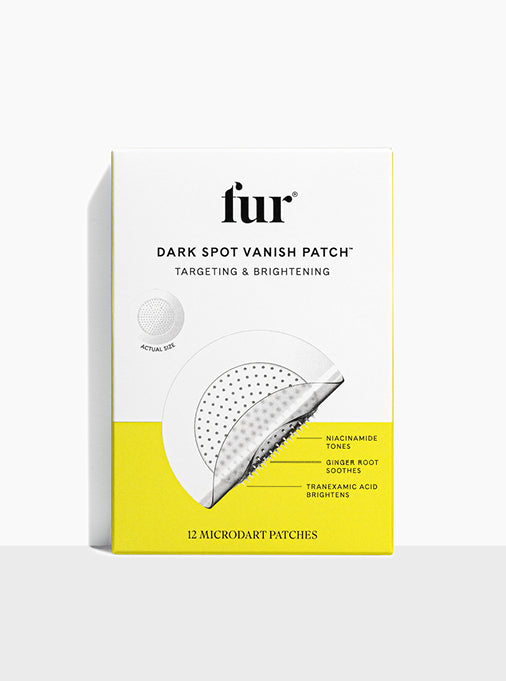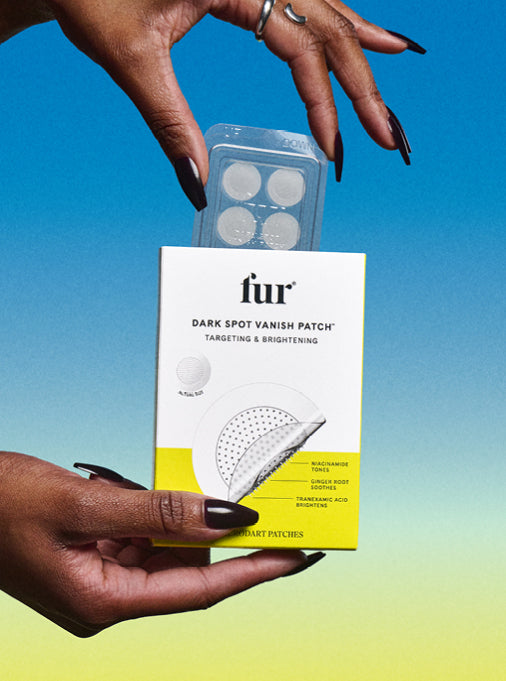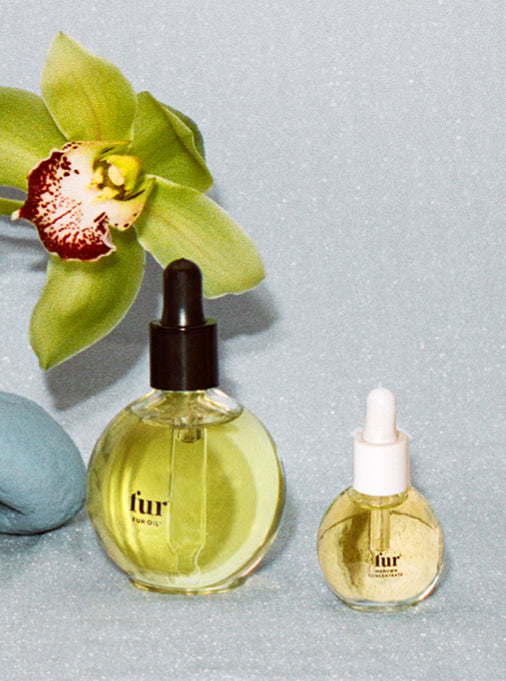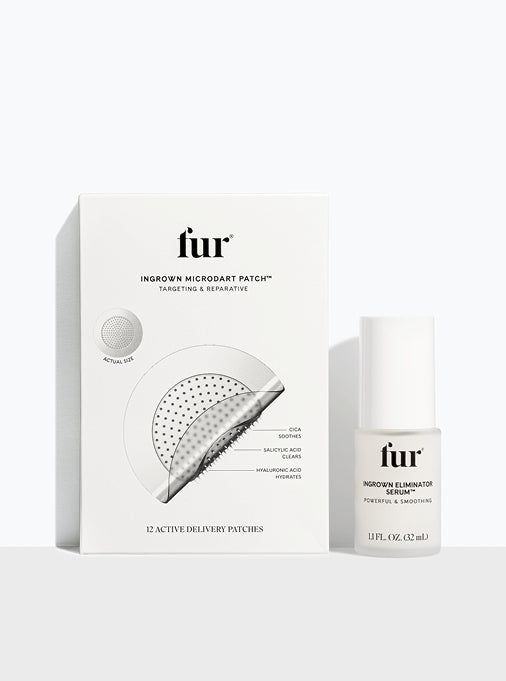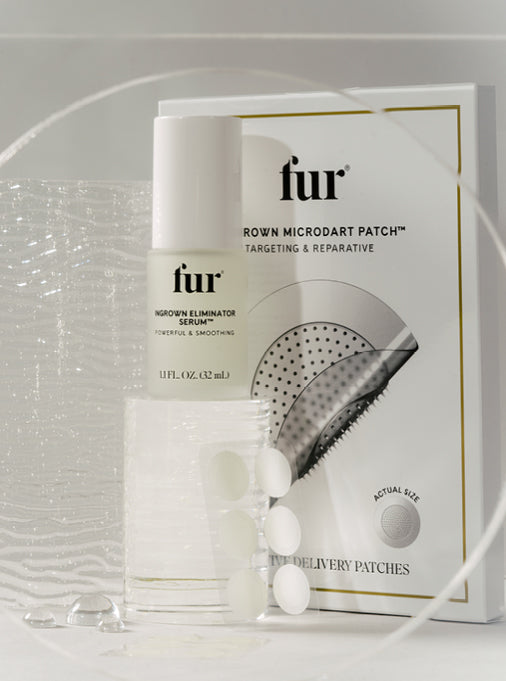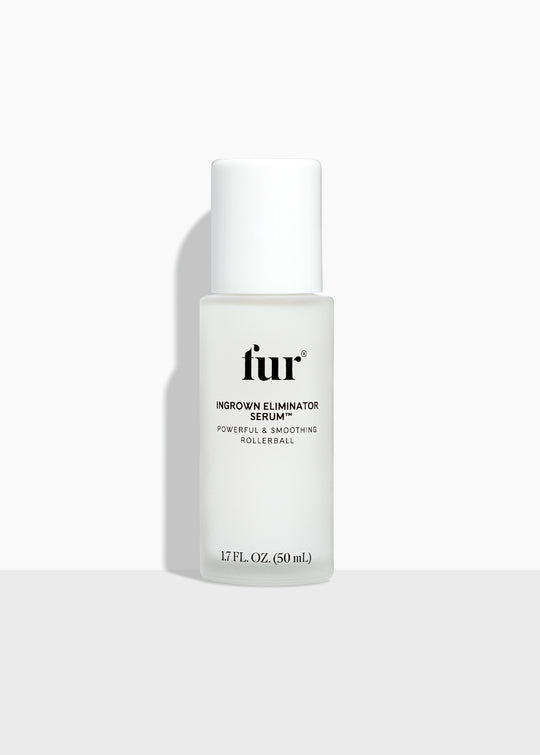
I was probably around 10 years old when I first became aware of the little red bumps that freckled my upper arms. After being reassured that they weren’t going to kill me (I was a VERY anxious child) I pretty much forgot about them again until my teens. Once I was in high school and began shaving my legs I noticed that I also had the little red bumps on the fronts and backs of my thighs. After doing a bit of research I discovered those irritating bumps were actually called Keratosis pilaris and were apparently super common, affecting around 40% of adults! And thus my decades-long journey to minimize my KP began.

KP is a completely benign skin condition that is the result of a buildup of keratin, a hair protein, in the pores. The excess keratin blocks the opening of growing hair follicles, and as a result, a small bump forms over where the hair should be. The bumps can appear anywhere on the skin where hair follicles exist, but are typically found on the arms, legs, and buttocks. While anyone can have KP it’s often found with people who have sensitive skin, or alongside other conditions such as eczema or atopic dermatitis.

Unfortunately, there is no “cure” for Keratosis pilaris, but there are ways of minimizing its appearance. Step one is to exfoliate the skin. Here’s where it gets tricky though — you’ll need to exfoliate but not necessarily TOO much. Most physical exfoliants, such as dry brushes or loofahs, will actually irritate the condition, and make the bumps and redness more apparent. The best type of exfoliation for KP is a gentle body scrub, like our Silk Scrub, which incorporates chemical and physical exfoliants to buff away dead skin and open up clogged pores without too much friction. “Silk Scrub is great for minimizing Keratosis pilaris because it contains glycolic acid.” explains in house esthetician, Kirsten Goetzelman, “Glycolic acid is the smallest molecule out of the acids, so it’s able to penetrate deep into the pores to clean them out.” Silk Scrub also contains Papaya and Pineapple Enzymes which are great for removing dirt and debris. “Papaya and Pineapple enzymes act like Pac-Man, eating away at dead skin” jokes Goetzelman. For areas where the skin is a bit thicker, like your upper arm or thighs, Goetzelman suggests using Silk Scrub as a mask, leaving it on for around 8-10 minutes so that it can penetrate and clean the skin.

After exfoliating it’s super important to reintroduce moisture back into the skin, especially with winter just around the corner. Keratosis pilaris tends to become more noticeable in the colder months as a result of the dry, cold air; the dryer your skin, the more susceptible it is to irritation. Our Stubble Cream is a perfect moisturizer for following up your exfoliating routine because it's both hydrating and repairing. And while it’s a powerful moisturizer, it’s lightweight and fast-absorbing, which makes it great for multiple applications throughout the day. Goetzelman adds, “Stubble Cream contains humectants which protect the skin from losing moisture, which is especially important during the winter months.”

Our signature Fur Oil is a great treatment for hydrating your skin post-exfoliation during the summer, when your skin isn’t going to dry out as quickly. Fur Oil is packed with moisturizing and clarifying ingredients like Grape Seed Oil, a Vitamin E, D, and C complex which hydrates while absorbing into the skin quickly. Tea Tree Oil and Clary Sage Oil are also key ingredients in Fur Oil and as Goetzelman explains, “act as antibacterial essential astringent that soothes redness and clarifies the skin, keeping it clean and healthy.”

One of the most frustrating aspects of minimizing the appearance of KP is that you need to stick to a daily exfoliating and moisturizing routine or else the KP will return to normal. Don’t be discouraged though! Many people outgrow their Keratosis Pilaris on their own, and it generally lessens with age. I’ve found that by following this simple exfoliating and moisturizing regimen my KP has definitely gotten much less noticeable.
